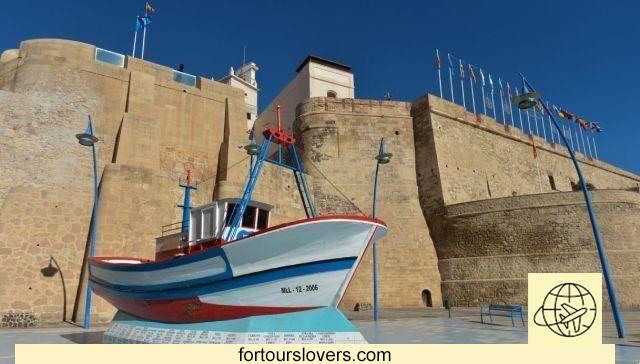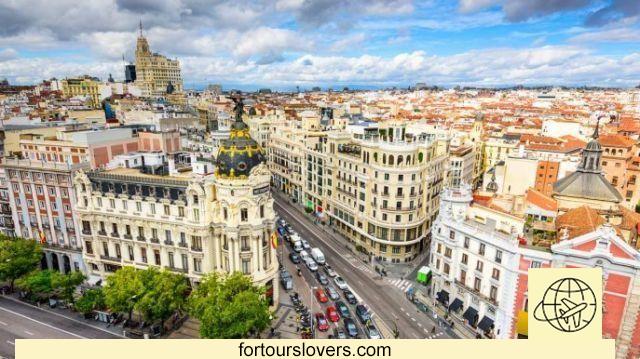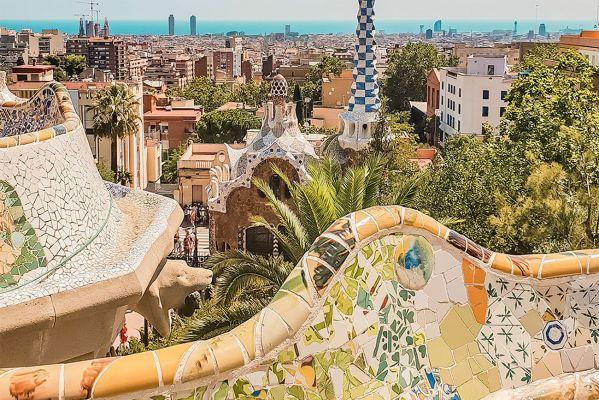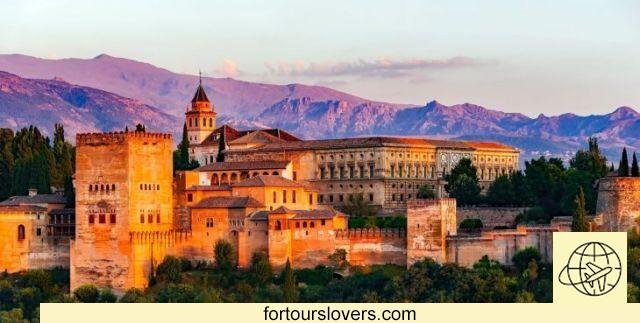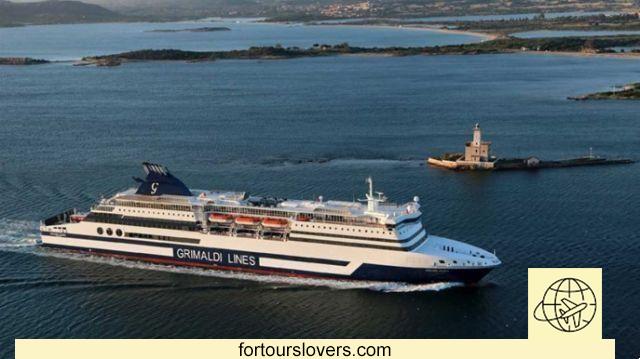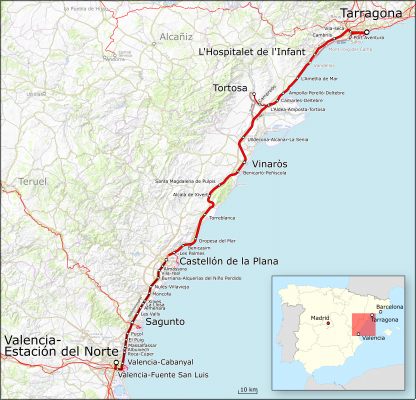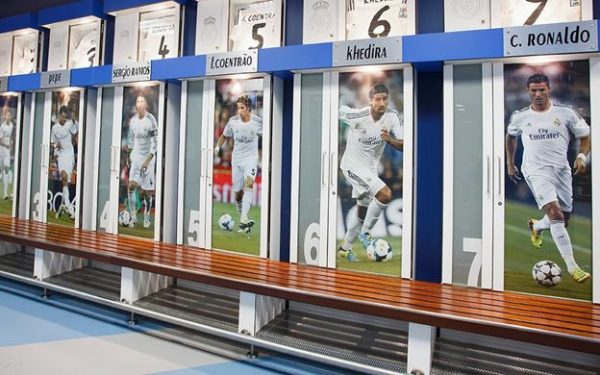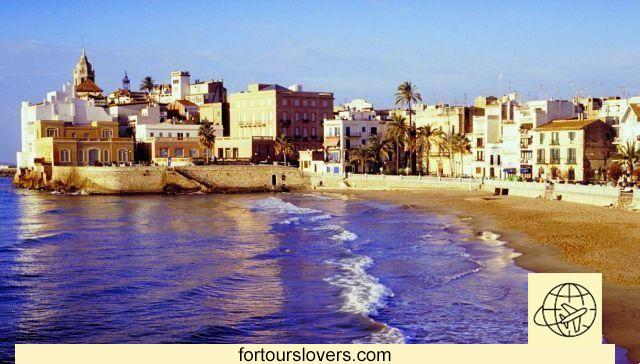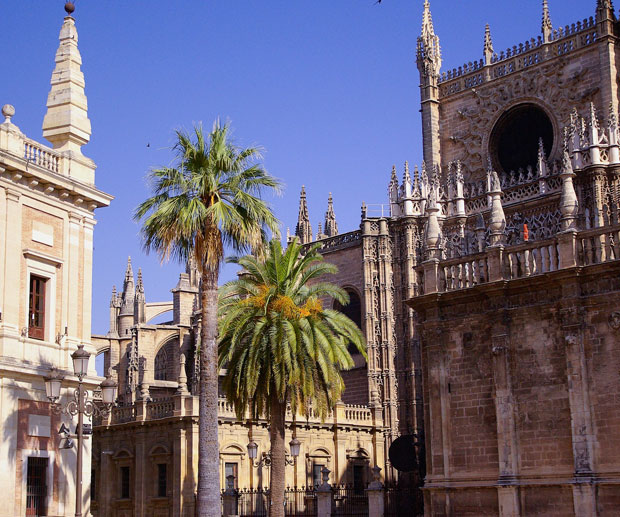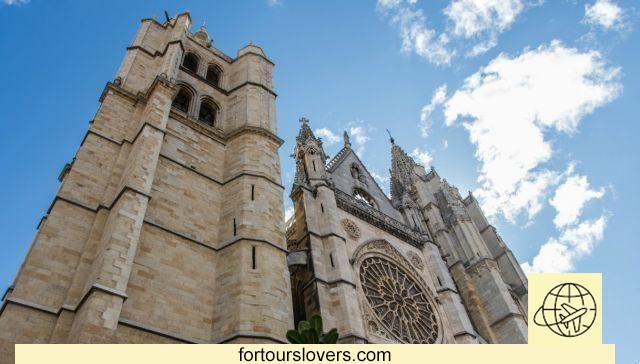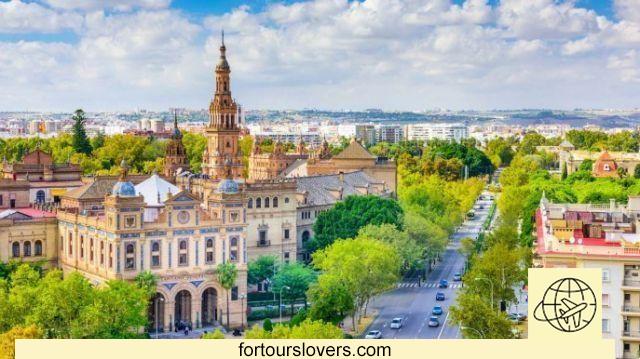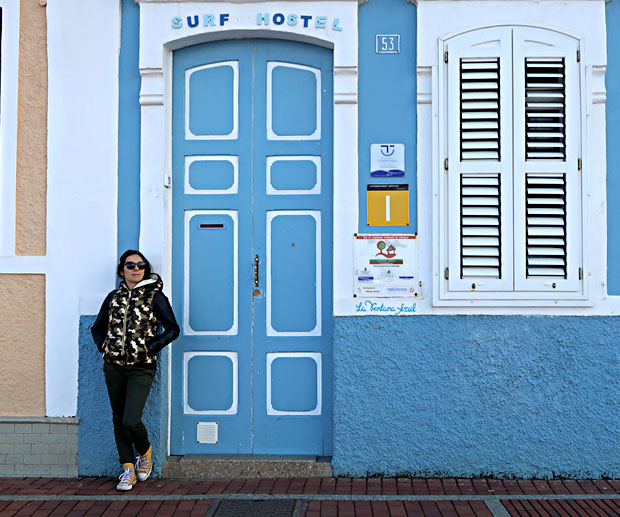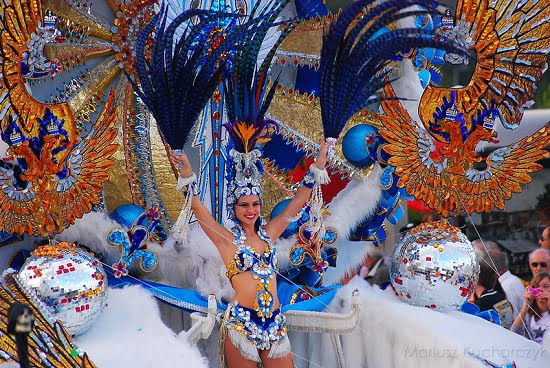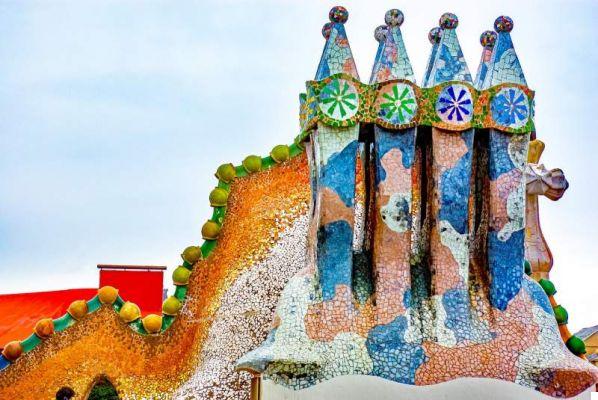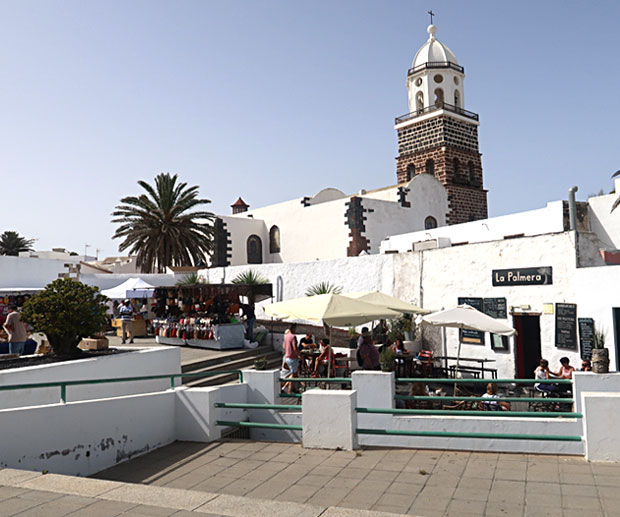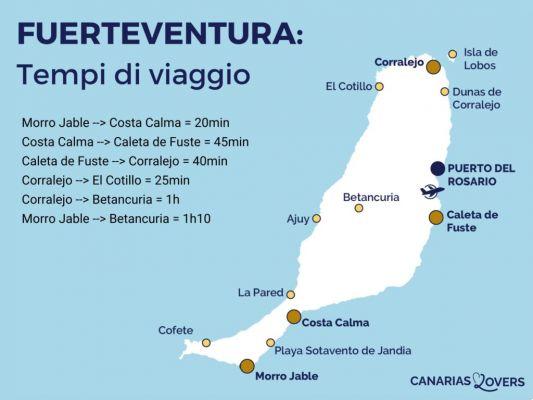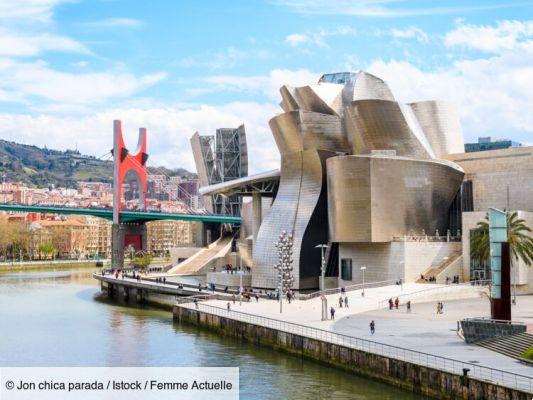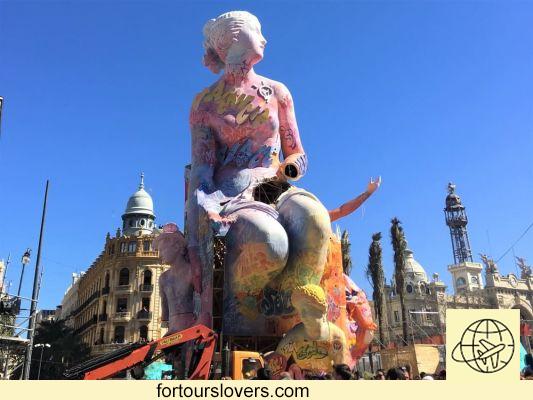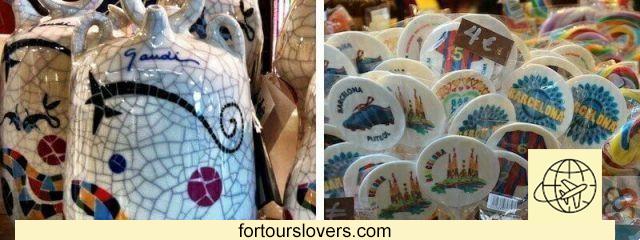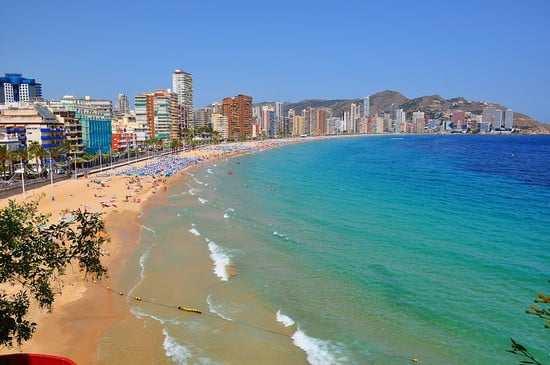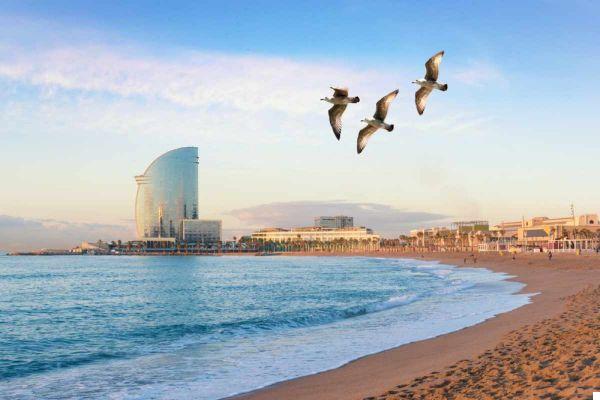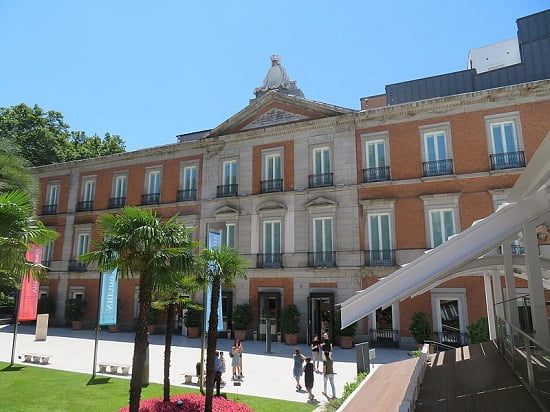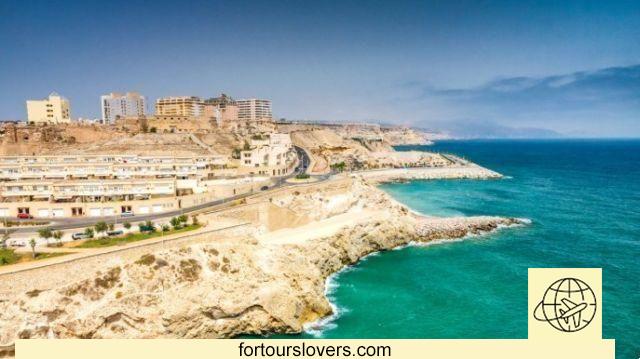
Il Kingdom of Morocco, overlooking the Atlantic Ocean and the Mediterranean Sea, is a charming country located in North Africa. Thanks to its privileged geographical position, which extends beyond the Strait of Gibraltar, it is a fascinating place mix of influences and cultures different.
Rich in geographical contrasts, with its imposing Atlas and Rif mountain ranges stretching across the entire territory, offers a series of unique landscapes ranging from flat coastlines to rocky deserts. Cities, then, contain a variety of extravagant architecture, with labyrinthine streets that invite exploration.
One of the peculiarities of Morocco is the presence of two Spanish enclaves in its territory: Ceuta and Melilla. The latter is undoubtedly a unique destination. Walking through its streets you find yourself immersed in a mix of traditions and architectural styles.
Without a doubt, a vibrant and cosmopolitan city worth exploring. Although it does not enjoy the same fame as other Spanish destinations, this destination has a undeniable charm Everything to discover.
Melilla, a Spanish city in African territory
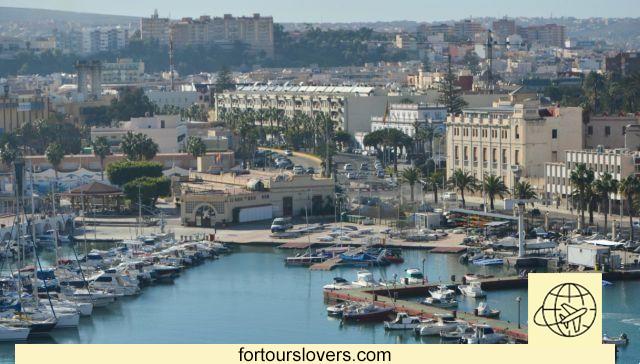
Melilla It is located in the northeast of Morocco. Located along the Mediterranean coast, a little north of Nador and on the eastern side of the Rif Mountains, it is a picturesque place where cultures intertwine and come together in a mix of traditions, languages and customs.
With a population divided equally between Christians of Spanish origin and Berber Muslims, it is a unique meeting point between Europe and Africa, and is home to numerous historical attractions, including buildings with modernist architecture, ancient fortifications and museums, containing works of art and historical finds of great value.
To immerse yourself in the history of Melilla, nothing is more evocative than a visit to the authentic symbol of the city, the Citadel, also known as “Melilla La Vieja” or “El Pueblo”. This fortified enclosure tells the stories of different peoples who have left their mark over the centuries, contributing to form identity Unique in this fascinating city.
Its past is revealed through picturesque neighborhoods, watchtowers and impressive buildings such as the Bastion of the Conception y L 'King's Hospital.
In the new part of Melilla, however, one of the most evocative places to visit is undoubtedly the Plaza of Spain. This urban space, with its characteristic circular shape, is strategically located behind the port, positioning itself as beating heart of the city. A true vital center, a meeting point for residents and tourists, where the main arteries of the city converge, radiating in all directions.
The square houses important buildings such as the Military Casino, an imposing structure designed by Enrique Nieto, a student of the famous architect Antoni Gaudí, which brilliantly represents the Catalan modernist style, with rich and intricate architectural details.
Not far away is the Palace of the Assembly, a historic building also created by Nieto, which houses the headquarters of Melilla City Council. This architectural masterpiece, built in the first half of the 20th century, exudes an aura of majestic royalty. Its structure, developed over three floors, resembles a ducal crown, which gives the palace a truly unique appearance. Inside, upon request, it is possible to visit some of the most representative spaces, such as the Golden Room, which reflects the elegance and refinement of the time, and the Plenary Hall, where the town council meets.
Melilla: the city that separates Africa from Europe
Despite being geographically located in Africa, Melilla is a Spanish city and is part of the European Union. Together with Ceuta, it represents the only land border between Africa and Europe. During the 20th century, this particular position gave these two cities a fundamental role in migratory routes towards the old continent.
To manage the enormous flow of immigrants, they were separated from Moroccan territory by a double metal fence. This barrier, built between 1997 and 1998, was initially three meters high but, due to increased migratory pressure, it was later doubled to reach six meters high.
A symbol distinctive and controversial In the city is the statue of Francisco Franco. Despite a 2009 law, enacted by former President Zapatero, banning public monuments honoring the Spanish dictator, the statue continues to dominate a city square and remains the only one in a Spanish public space. Its removal had been planned for some time, but the statue remains in place, a detail that underlines the extent to which, despite the city being formally under the control of the Madrid government, it is actually completely autonomous. This delicate balance represents a clear sign of its complex historical and political past.
